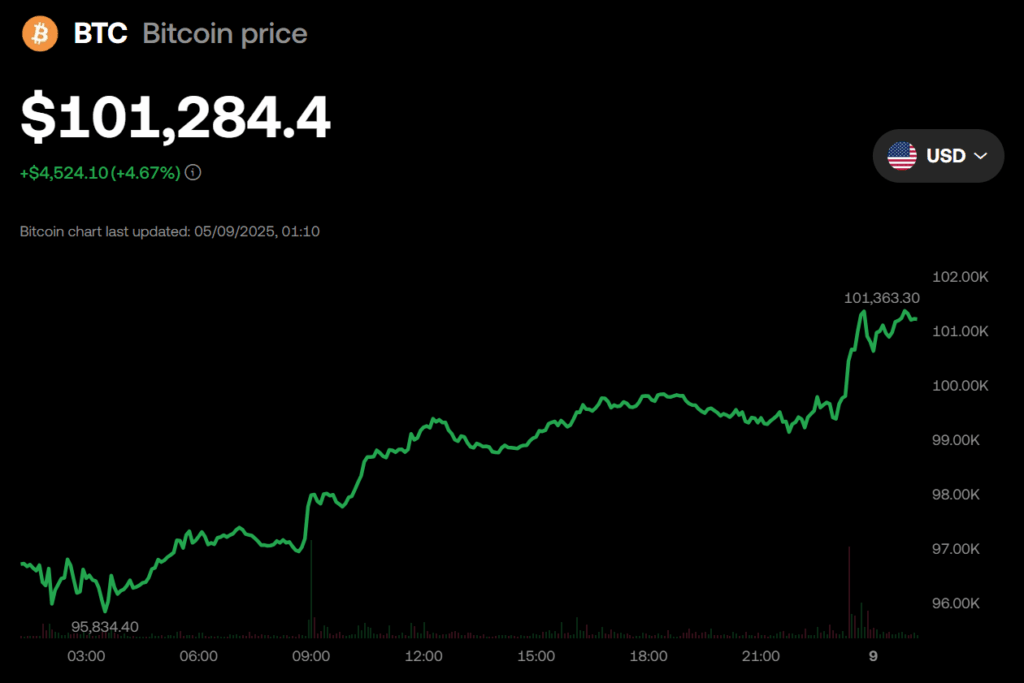- Arizona’s new law establishes a Bitcoin reserve fund using unclaimed digital assets acquired through staking and airdrops.
- Governor Hobbs vetoed a more aggressive bill that would have allowed the state to invest up to 10% of pension funds in Bitcoin.
- Unlike New Hampshire’s direct investment strategy, Arizona’s approach focuses on passive asset management without direct Bitcoin purchases.
Arizona Governor Katie Hobbs has signed House Bill 2749 into law, creating a framework for a state-managed reserve fund for Bitcoin and other digital assets — but it’s not exactly what crypto advocates had hoped for. The bill, which takes a more conservative approach, focuses on digital assets acquired through airdrops, staking rewards, and unclaimed property rather than direct state investments.
Governor Hobbs had previously vetoed Senate Bill 1025, a more aggressive proposal that would have allowed up to 10% of the state’s treasury and pension funds to be invested in Bitcoin. In her veto message, Hobbs emphasized that Arizona’s retirement system “sticks to proven investment strategies,” suggesting she wasn’t ready to gamble state funds on digital assets just yet.
Key Features of HB 2749
Under the new law, any digital assets held by the state for more than three years without activity will be considered abandoned and transferred to the reserve fund. The assets can be actively staked by a qualified custodian to generate additional returns, but the state is prohibited from selling them below market prices. Sales will be conducted through established digital asset exchanges or other “commercially reasonable methods” for less-liquid tokens.

Arizona’s Conservative Approach vs. New Hampshire’s Bold Move
While Arizona’s HB 2749 takes a cautious, budget-neutral stance, New Hampshire’s recently passed HB 302 is far more aggressive. It allows the state to allocate up to 5% of public funds into digital assets with a market cap over $500 billion, effectively enabling direct Bitcoin purchases. Arizona’s approach may be less risky, but it still represents a notable step toward integrating digital assets into state finance.

















